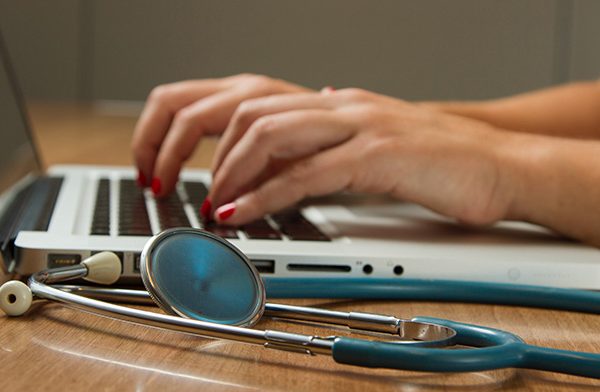
As populations continue to grow and people live longer, demand for healthcare is increasing worldwide. The number of healthcare workers is failing to keep pace, with projections from the World Health Organisation showing a gap of 12.9 million workers by 2035. Increased demand is, therefore, resulting in increased clinician workloads. Additionally, ageing populations mean cases are increasingly complex and, despite advances in technology, clinicians are still laden with a huge volume of administrative tasks. In the face of these trends, rising clinician burnout is perhaps unsurprising.
Dr Colin West, a Mayo Clinic researcher, recently described physician burnout as an “epidemic”, and evidence shows that it is prevalent worldwide. Europe is no exception – a 2019 Medscape survey of more than 19,000 clinicians found that in France 28 per cent of physicians felt burned out, with this proportion rising to 37 and 38 per cent in Spain and Portugal respectively.
The consequences of clinician burnout are wide-reaching, coming with a huge cost to healthcare systems, having a detrimental impact on the quality of care given to patients, and resulting in increasing numbers of clinicians exiting their jobs, which further contributes to the shortage of healthcare staff, and so the issue continues to escalate.
So, we must look to ease pressure on the system where possible. Increasing patient access to timely healthcare advice is proving effective in many countries. A lack of access is a major contributing factor to increased workloads, as patients with an urgent health issue, unable to see their GP, will often go straight to Emergency Departments. This type of Emergency Department use has led to a significant proportion of Emergency Department attendees who could have been cared for in primary care facilities or self-managed their symptoms at home.
In places where patients are able to access healthcare advice remotely at any time, we are seeing a difference. One national teletriage service provided by Capita Healthcare Decisions has created a shift in the way the population uses emergency healthcare. Instead of going directly to the Emergency Department, people with an urgent but non-life threatening medical concern can call to get help from a fully trained advisor 24 hours a day, seven days a week. In a single year the service saved 1.5 million inappropriate visits to emergency departments.
In Australia, Capita’s teletriage service offers secondary triage of non-urgent calls redirected from the emergency triple zero helpline. The service handles more than 50,000 callers from triple zero per year, all of whom are directed to the most appropriate healthcare service.
Capita’s patient-facing self-assessment tools are also proving hugely effective. Web triage, which uses the same quality clinical content as the teletriage software, is aiding patient literacy and supporting the management of symptoms at home, which prevents conditions from escalating.
Changing patient habits, providing easier, faster access to healthcare advice, and enabling people to manage conditions at home where possible are all helping to reduce pressure on A&E departments and, importantly, on clinicians. In today’s high-pressured healthcare environments, clinician burnout is an unsurprising by-product, yes, but it is not an inevitable one.
If you would like to demo Capita’s clinical content solutions, click here



